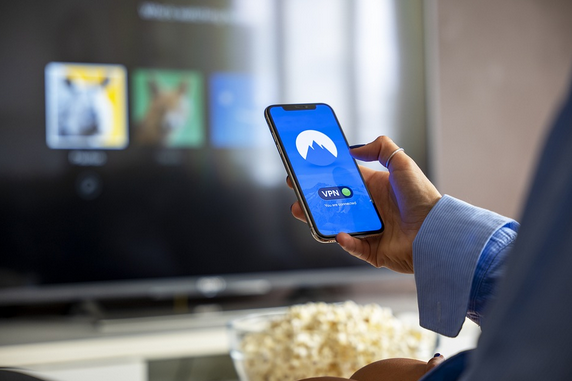QR codes have come a long way from being just squares of black and white pixels. You might think they serve their purpose by linking to websites or sharing information. But what if I told you there’s a whole world of creative possibilities waiting to be explored? If you’re still using QR codes in the same old ways, it’s time for an upgrade.
Get ready to dive into some genius hacks that will not only enhance your experience but also impress those around you. Whether you’re looking to simplify tasks or add flair to everyday interactions, these clever ideas will change how you see QR codes forever!
Turn QR Codes Into Free Wi-Fi Hotspots

Imagine walking into a café and not having to ask for the Wi-Fi password. Instead, you simply scan a QR code on the table and you’re connected instantly. Turning QR codes into free Wi-Fi hotspots is both practical and impressive. To set this up, generate a QR code that contains your network’s name (SSID) and password using any free online generator.
Print it out or display it on your devices. This simple hack eliminates the hassle of typing long passwords while also giving guests an enhanced experience. It’s perfect for businesses wanting to attract more customers by making internet access seamless. Plus, you can easily update the information whenever necessary—just regenerate the QR code with new credentials as needed.
QR Menus Are Boring—Here’s How to Make Them Interactive
QR menus can feel a bit stale, right? Just a list of items with prices. But what if you could jazz them up? Start by adding vibrant images for each dish. Visuals can entice diners and spark cravings like nothing else. Pair that with fun descriptions, highlighting unique ingredients or cooking methods. Consider incorporating interactive elements too. For instance, let customers customize their orders through the QR code interface—like choosing toppings or side dishes directly on their phones. You might also include links to chef videos explaining signature recipes or even user-generated content where guests share photos of their meals.
This creates community engagement and adds a personal touch. Throw in some gamification! How about loyalty points for scanning the menu? It’s an excellent way to keep patrons coming back while making dining experiences more memorable.
Share Your Contact Info With a Fancy Dynamic QR Code

Gone are the days of scribbling your contact details on a piece of paper. With dynamic QR codes, sharing your information has never been easier or more stylish. Imagine having a sleek QR code that links directly to your digital business card. A quick scan allows others to access your phone number, email, and social media profiles instantly.
Dynamic QR codes let you update this information anytime without changing the code itself. If you switch jobs or change numbers, just tweak the link behind the scenes. You can even customize these codes with colors and logos for branding purposes. This not only makes sharing practical but also visually appealing.
Use QR Stickers to Auto-Renew Grocery Lists
Did you know that instead of running to the store, you can simply grab your smartphone? With QR stickers on your pantry or fridge, grocery shopping becomes incredibly easy. These little codes can link directly to an online list that updates in real time. Just scan the sticker when you’re running low on any item.
Want milk? Scan it off the fridge sticker, and it’s added to your digital cart automatically. No more forgetting what you need while at the store! This method not only saves time but also prevents those impulse buys that often derail our budgets. Plus, sharing lists with family members is a breeze—everyone stays in sync without having to text or call each other constantly.…






